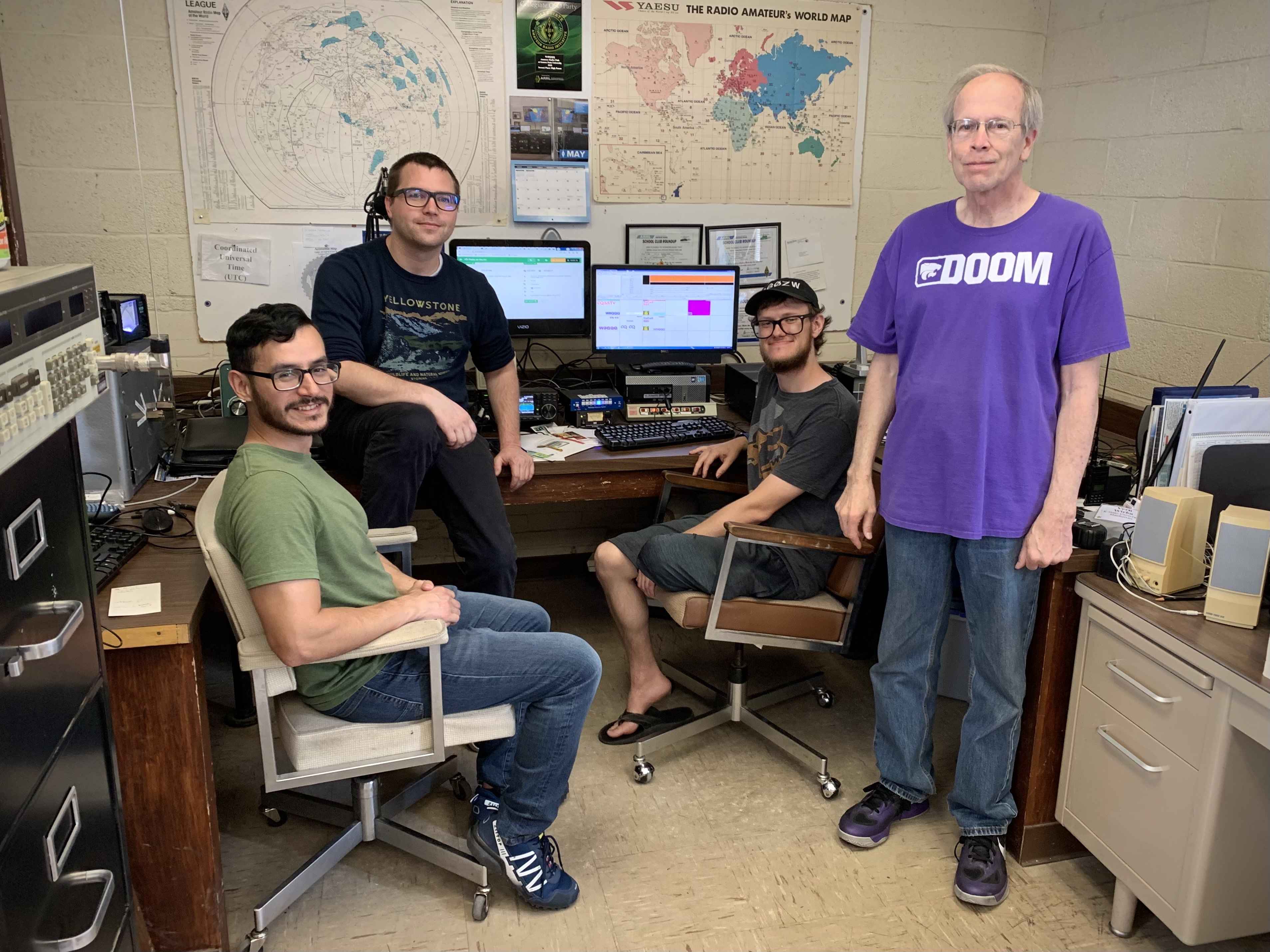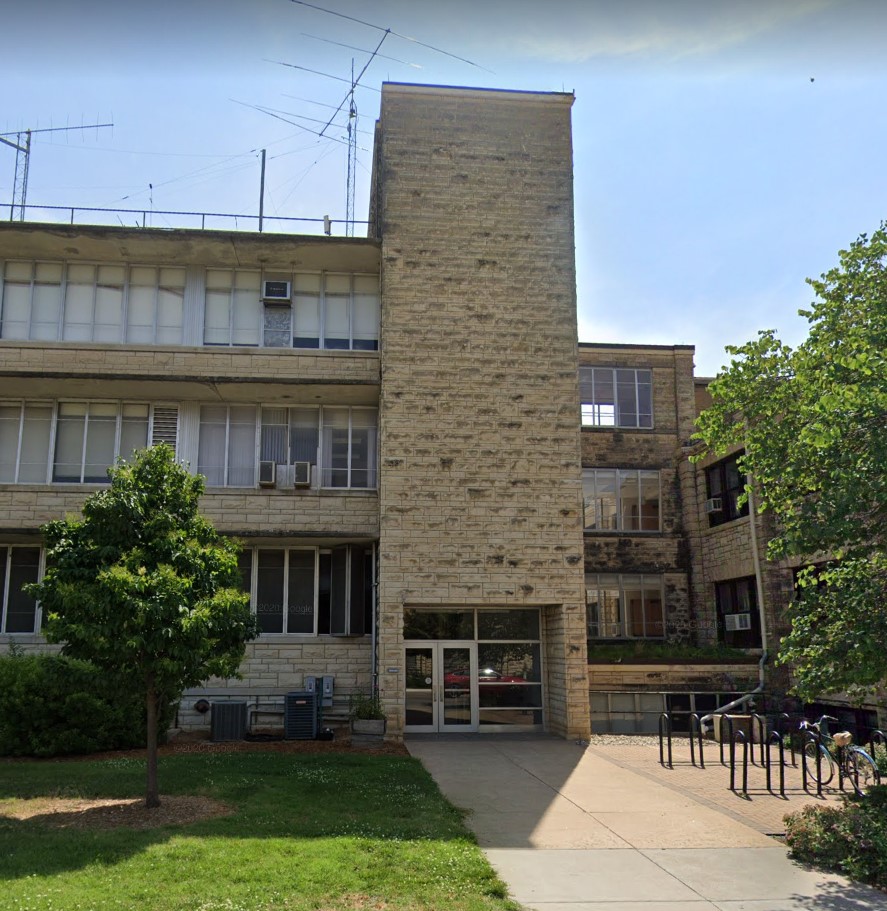WØQQQ - Amateur Radio Club

Nearly 100 years of service to Kansas State University and beyond
WØQQQ is Kansas State University's amateur radio club, housed on the 4th floor of Seaton Hall. The club has been in operation since 1927, connecting K-State's students to the hobby of amateur radio. The club maintains local repeaters offering coverage of the Manhattan, KS area, while also making contacts across the world over digital and analog HF.
As a registered student organization, WØQQQ promotes interest in amateur radio by offering curriculum support through workshops and licensing opportunities, encourages participation in regional and worldwide operating events, and provides weather and emergency services to both K-State and the surrounding community in coordination with the Office of the Kansas State Climatologist and the university’s Office of Emergency Management.
Membership is open to all K-State students, faculty, and staff members, as well as the general public. An amateur radio license is not required to join - we encourage individuals with a new interest in the hobby to connect with us regardless of their experience level.
Meetings are held weekly on Sunday at 12 pm at the station on the fourth floor of Seaton Hall. Enter Seaton Hall through the south stairwell facing M.L.K. Jr. Dr, and follow the stairs up to the fourth floor.
